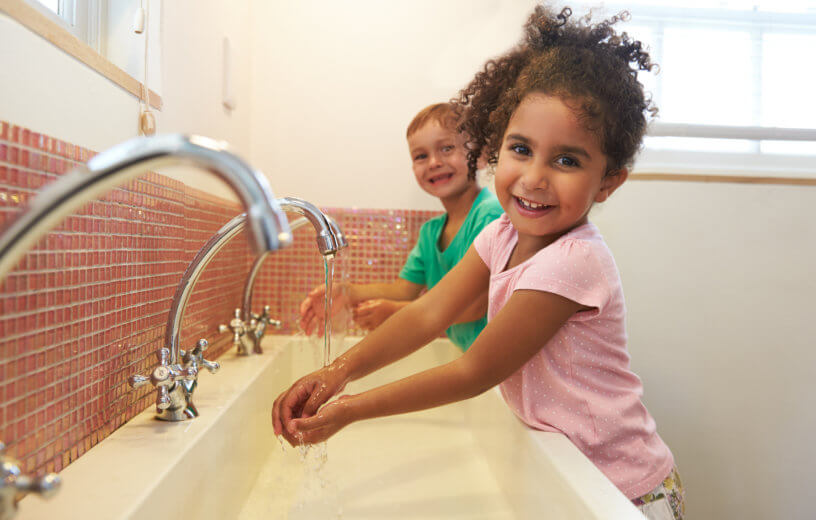Martin Sanders has written quite a number of articles and blogs on workplace safety, simply because there is arguably nothing more important when it comes to the workplace. Following safety protocols should not only be mandatory; it should also be a priority.
 |
Image source:
tradexsa.co.za |
Nowadays, the existence of health hazards in a workplace can have more than just accidents as a consequence. It can be damaging to the reputation of a company. It can lead to lowered or even lack of productivity. It can negatively affect workplace moral. It can have legal repercussions, too. In fact, not fixing any safety issue in the workplace can now be considered a criminal act, and even more so, when an employee gets hurt, injured, or worse because of it.
 |
Image source:
content.wisestep.com |
Capt. Martin Sanders, Ph.D., has years of experience in the field of occupational safety and health. He recently obtained a certification as a Certified Safety Professional (CSP) awarded by the Board of Certified Safety Professionals. For similar reads, visit this page.
Disclaimer: This site was prepared by Martin L. Sanders in his personal capacity. The opinions expressed are the author's own and do not reflect the views of the USPHS, the Department of Health and Human Services, or the United States government.











